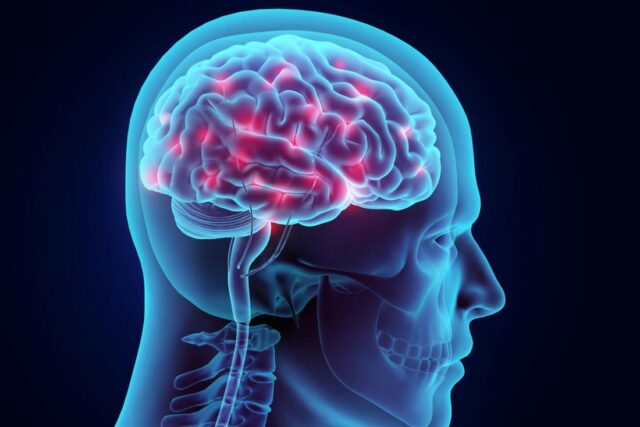Childhood seizure disorders are unfortunately common, and for children with particularly severe disorders, frequent seizures can lead to neurological damage, including cognitive and physical delays or loss of function. Just because some children do experience these neurological issues, however, that doesn’t mean there aren’t interventions that can help minimize damage or support patients in acquiring and maintaining basic functions. With the right combination of medications and therapies, children with seizure disorders can experience better outcomes, and better interventions may be on the horizon.
Seizures, Brain Damage, And Medication
One of the first steps families and their doctors take to prevent neurological damage in children with seizure disorders is to find the right combination of medications to control seizure frequency and severity.
These include a number of anticonvulsant medications, emergency medications for stopping status epilepticus (seizures lasting more than 15 minutes), and even certain strains of medical marijuana, which have been found to minimize seizures in patients with certain conditions. The more frequently seizures occur and the longer they last, the more likely children are to suffer neurological consequences.
A Sense Of Trajectory
In addition to ensuring children have access to the right medications for their seizure conditions, it’s also important to understand the expected course of a child’s individual seizure condition.
For example, those with the most common forms of epilepsy are unlikely to experience many of the types of severe seizures associated with brain damage, while children with rare conditions like Lennox-Gastaut syndrome almost always have some intellectual delays, and have a higher likelihood of experiencing psychomotor regression, or loss of previously acquired motor skills.
Knowing what to expect, then, can help parents start their children with the appropriate interventions early on.
Undoing The Damage
When children experience brain damage due to seizure activity, the more common strategy for reversing the damage is immersing them in a range of therapeutic activities. This includes ensuring children have access to occupational and physical therapists, as well as speech therapists. These therapies are important for maintaining both gross and fine motor skills and supporting children in activities of daily living.
More recently, researchers have been examining potential reparative therapies using nanodevice technology. With funding from Brain Research Foundation, Brian Litt, M.D. has pursued brain and neuroscience research that combines a cell-repairing nanodevice with a biologic medication. Such device-medication combos could potentially be used to intervene in multiple diseases, repairing cellular damage and removing toxins. Nanodevices may even have curative potential if they can replicate the action of existing implantable devices.
Alternative Interventions
In addition to traditional therapies and medications, there are several other common approaches used to manage seizures and prevent associated brain damage. Today’s ketogenic diet, for example, was originally developed in the 1950s to treat seizures. Though the mechanism remains poorly understood, ketosis seems to stabilize brain activity.
Another fundamental tool in preventing brain damage in children with epilepsy is perhaps the least nuanced – helmet use. For children who experience frequent drop attacks or who have intense seizures that can cause direct impact to the skull, helmet use offers a protective layer and can help prevent concussions and other blunt brain injuries that can cause additional symptoms, including worsening seizures, over time.
There are numerous different interventions that can reduce seizure frequency and severity in children, and such management strategies are currently the best way to prevent neurological damage, but tools for reversal are also critical. Even by reducing seizure frequency, many children are prone to cognitive and psychomotor losses and they deserve better interventions and the brighter future those interventions can promise.



Lastest Posts
Lifestyle
Big Game Hunting in The Iberian Mountains: Must-Visit Destinations for Hunters
Education
How machine translation is changing the industry: When to use it and when to avoid it?
Health
EEG Analysis: Technology Connecting the Brain to the Future
Marketing
Advancements in Solar Panel Technology: Illuminating the Path to a Sustainable Future
Lifestyle
How to Build a Capsule Wardrobe: Essentials for Every Man
Lifestyle
Women in the Catholic Church: Roles, Recognition, and Calls for Change
Marketing
Experiential Marketing for Brands: Crafting Unforgettable Consumer Connections